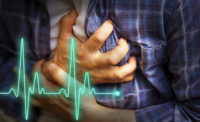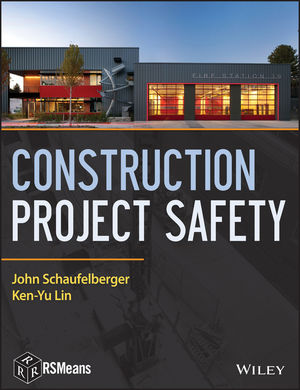Cardiac rehab boosts survival rate after heart attack
Study: Cardiac victims recover faster after exercise, live longer

 For the first time, researchers have discovered cardiac rehabilitation can train the heart to quickly return to its normal rate after exercise.
For the first time, researchers have discovered cardiac rehabilitation can train the heart to quickly return to its normal rate after exercise.
In a study reported in Circulation: Journal of the American Heart Association, researchers said heart disease patients with normal heart rate recovery live longer than those with slow heart rate recovery. A heart that returns to normal rate more quickly works better than one that stays revved up for a while.
“There’s no medicine that can do that,” said Leslie Cho, M.D., lead author of the study and director of the Women’s Cardiovascular Center at the Cleveland Clinic in Ohio. “Especially in terms of mortality, if we had a medicine that could make this dramatic an impact, it would be the blockbuster drug of the century.”
Heart rate recovery refers to the number of beats the heart rate decreases during the first minute after stopping exercise.
Researchers looked at 1,070 patients with various cardiovascular diseases who were referred for cardiac rehabilitation at the Cleveland Clinic. They measured heart rate recovery with an exercise stress test before and after 12 weeks of cardiac rehabilitation. A count of 12 beats or less was considered abnormal.
Among the 544 patients who started cardiac rehabilitation with abnormal heart rate recovery, 41 percent had normal heart rate recovery after 12 weeks. Of the 526 patients who started with normal heart rate recovery, 89 percent maintained it after cardiac rehabilitation.
The risk of dying within eight years more than doubled in patients whose heart rate recovery was abnormal after cardiac rehabilitation, even after adjusting for factors such as smoking history, weight and changes in the use of medications.
“There’s not only mortality benefit from cardiac rehabilitation, but now we know why people benefit,” said Cho, who is also section head of preventive cardiology and rehabilitation in the Department of Cardiovascular Medicine at the Cleveland Clinic.
Cardiac rehabilitation consisted of physician-supervised exercise, typically three times a week, which included 10-15 minutes of warm-up and stretching, 30-50 minutes of continuous aerobic activity and 15-20 minutes of cool-down.
Only 10 percent to 20 percent of candidates for cardiac rehabilitation participate in structured exercise programs, Cho said.
“Cardiac rehabilitation is the most underused treatment in America,” Cho said. “Not enough doctors are recommending it to patients. Even when a recommendation is made, patients aren’t informed that cardiac rehabilitation can help them live longer.”
“It’s really important to encourage our patients to participate in structured exercise — not just telling the patient to go exercise and do your best and good luck.”
Patients in the study who didn’t improve their heart rate recovery tended to be older, with a history of diabetes, peripheral artery disease and congestive heart failure.
Further research is needed to determine whether continuing cardiac rehabilitation for an additional 12 weeks can bring heart rate recovery into the normal range for these patients, Cho said.
Co-authors are Michael Jolly, M.D. and Danielle Brennan, M.S. Author disclosures are on the manuscript.
Looking for a reprint of this article?
From high-res PDFs to custom plaques, order your copy today!








